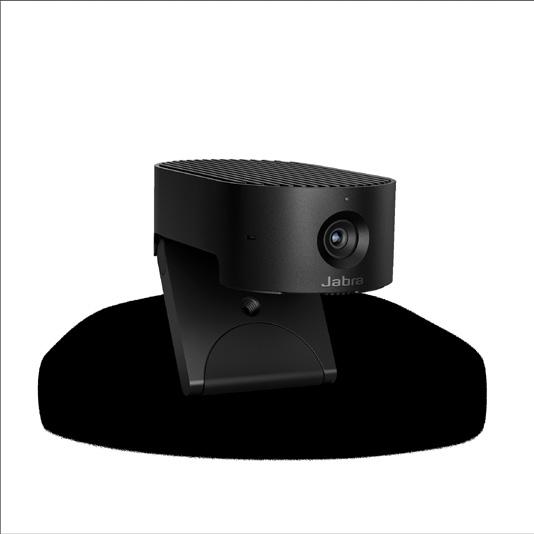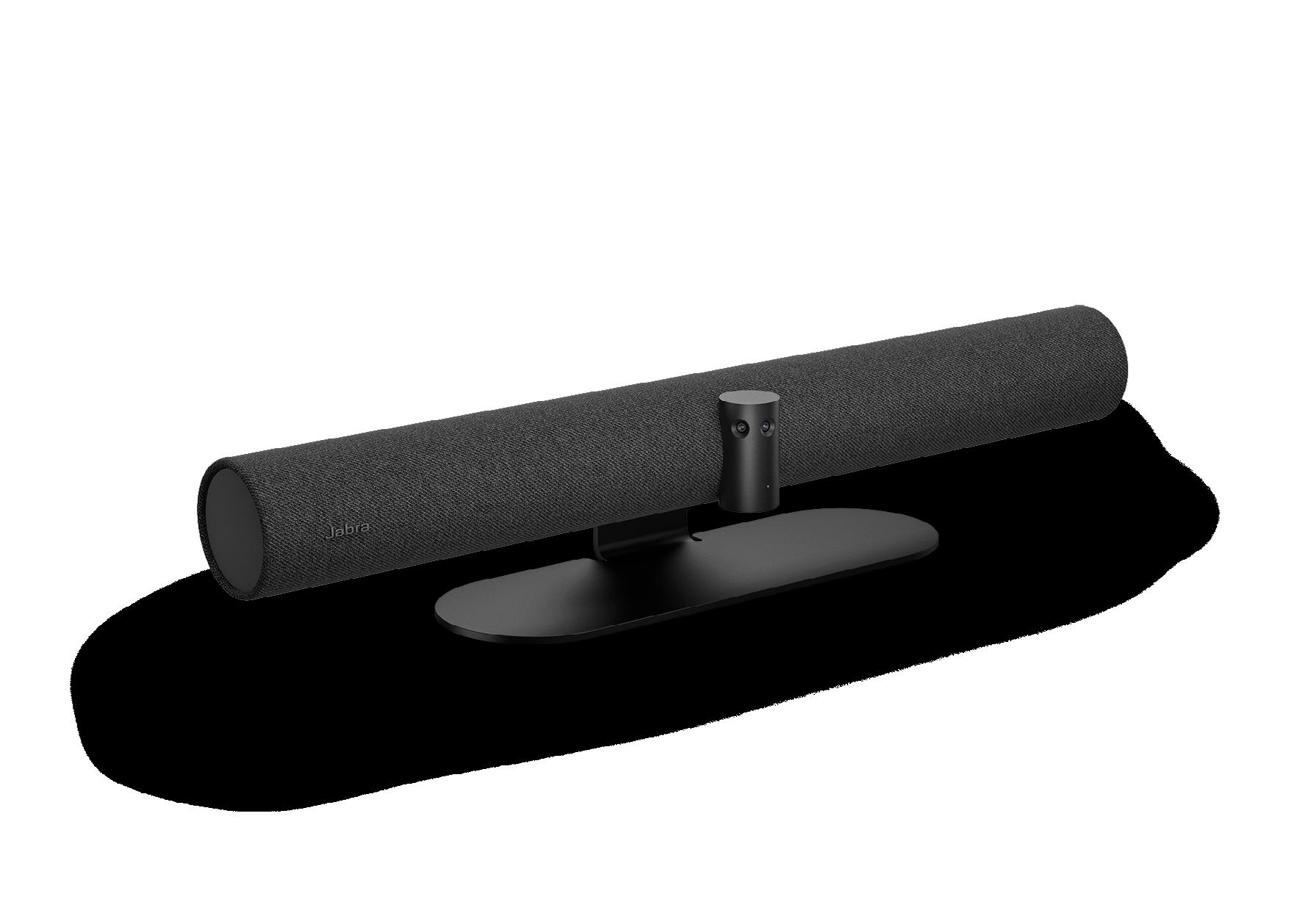
5 minute read
Opening Keynote
Get real
We spoke to ISE 2023 keynote speaker BK Johannessen to find out more about Unreal Engine — the 3D computer graphics game engine developed by Epic Games — its relevance to the ISE audience and what to expect from his keynote address
What is Unreal Engine?
Unreal Engine is a super high-performance, real-time 3D rendering engine — it essentially renders very good images very fast. One of its key benefits, as is always the case with games, is you can introduce interactivity allowing people the ability to interact with large environments.
This interactivity has led us to see adoption way beyond the games industry. Importantly for us it’s not only a render engine, but also a full creative ecosystem that deals with content creation and the various assets that go into that process. Unreal Engine includes full access to the complete C++ source code, so if there was something you couldn’t do, you could always just add to it or change it. With Unreal Engine, it’s important for us that it doesn’t only do one thing, but is instead multifaceted, covering a breadth of applications with a variety of tools.
Why is Unreal Engine relevant to the systems integration marketplace?
It has great relevance to the marketplace because of its broad range of applications, ranging from broadcast to live events and fixed installations. It’s also used within film production, architecture and automotive, so it touches a range of different markets but it’s essentially the same technology. All of these industries are coming to terms with the fact that real time has a lot of benefits to offer them.
What are some notable examples of non-game applications of Unreal Engine?
Notable examples include the recent midterm elections in the US where several of the major networks were heavily utilising Unreal Engine for many of the visualisations and augmented reality. It really is an amazing storytelling tool. We see similar examples in live sports, which have a lot of data, and large esports tournaments, recently demonstrated at The International 2022, a largerthan-life tournament for the popular game Dota 2, featuring millions of viewers. We also have fixed installations including the Al Wasl Dome, which featured at the World Expo 2020 in Dubai. It’s pretty large with around 256 projectors, introducing real time content in an enormous environment. We have digital twins like the model of the city of Helsinki and true to life simulators that can train fighter pilots and even NASA’s astronauts.
What were the developments that led to Unreal Engine being able to create photorealistic environments?
We’ve always focused essentially on high quality and that has led the way for everything that we do. In the latest iteration of our product, which is Unreal Engine 5, we’ve gone one step further and introduced two technologies that really revolutionise real-time rendering. One is called Nanite, which is a virtualised micropolygon geometry system that allows you to have super high-definition models. And the other is Lumen, which is a global illumination method that allows you to create more realistic lighting environments, yet still operate in real time.
BK Johannessen is Unreal Engine Business Director for Broadcast and Live Events at Epic Games









How do you see the content, production and distribution space developing over the next few years?
Obviously, distribution has changed quite dramatically, especially when it comes to linear content. For sure that’s a trend that will keep going, but I think we will see an enormous change when it comes to the content production side, which is an area we’re heavily focused on.
It’s one thing to have amazing render technology, but we also need to be able to create high-quality content, which is expensive and takes a lot of time. For this reason, we’re focused on creating a marketplace where creators can actually sell their work and others can buy the assets that fit their needs. I think we’ll see a lot of changes when it comes to the creation side of content, where again, real time offers so many benefits, including collaboration and faster iteration times. It’s exciting times going forward.
Among the ISE audience, who would you see as potential users of Unreal Engine?
ISE is an amazing venue for Unreal Engine and for Epic Games because it covers so many different verticals, all of which have relevance. There is a need for real time — it benefits every industry, whether or not you are using advantages such as introducing interactivity in an experience. You can also benefit within a traditional content production pipeline where real time offers much faster rendering times, and much more opportunity to iterate and collaborate. We see applications happening organically across the board where different industries are being drawn towards real-time solutions because they offer so many benefits and costsaving opportunities, and the quality is there.
What do users need to get started with Unreal Engine?
It helps if you are somewhat knowledgeable about other 3D softwares and have some experience with real time, but it’s not a must. Unreal Engine is a free product to be used for creating linear content — anyone can download the full product via unrealengine.com. In addition, there are tons of training materials available: there are online courses from both Epic Games and third parties, most of which are free. There are great opportunities to spread the knowledge. In addition one of the really awesome things with Unreal Engine is the community of passionate users, not afraid to share their knowledge and very happy to engage with others who want to learn.
Finally, what can attendees expect from your keynote address?
I hope to put on a good show! I’ll be giving examples and inspiration from different industries that have adopted Unreal Engine. I’ll also share some success stories and dig a little deeper into why real time offers benefits and what those benefits are. I’ll also be discussing optimising content creation and what kind of resources are available out there.
Real-time rendering benefits every industry, whether or not you are introducing interactivity
Unreal Engine is used by American TV networks for virtual sets, visualisations and augmented reality (Picture: Fox Sports)










